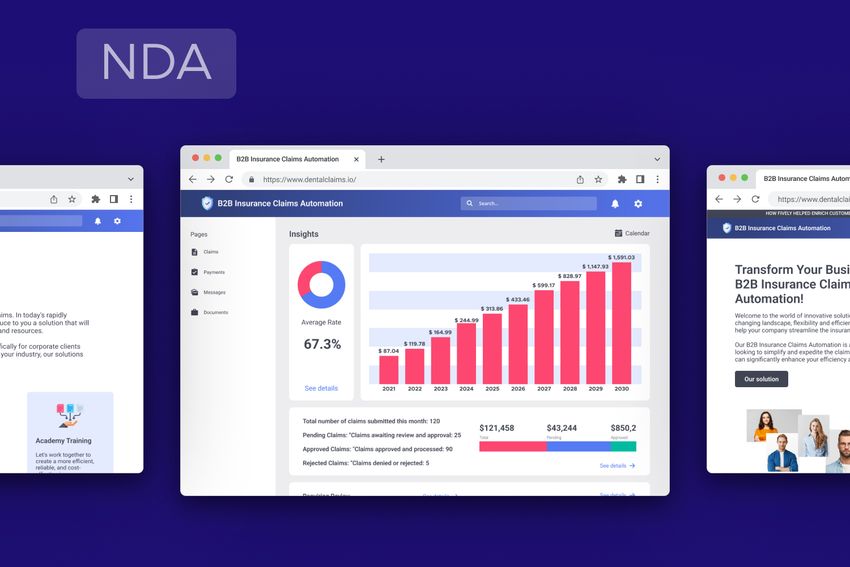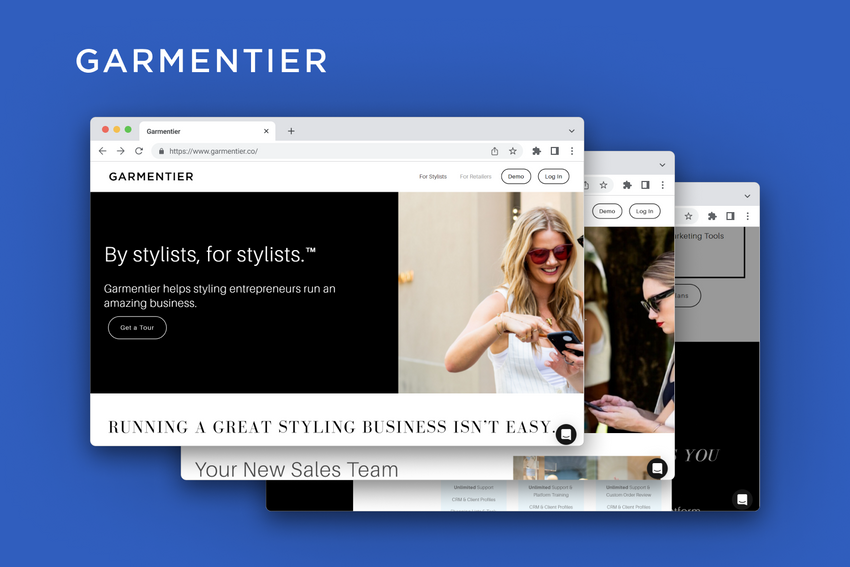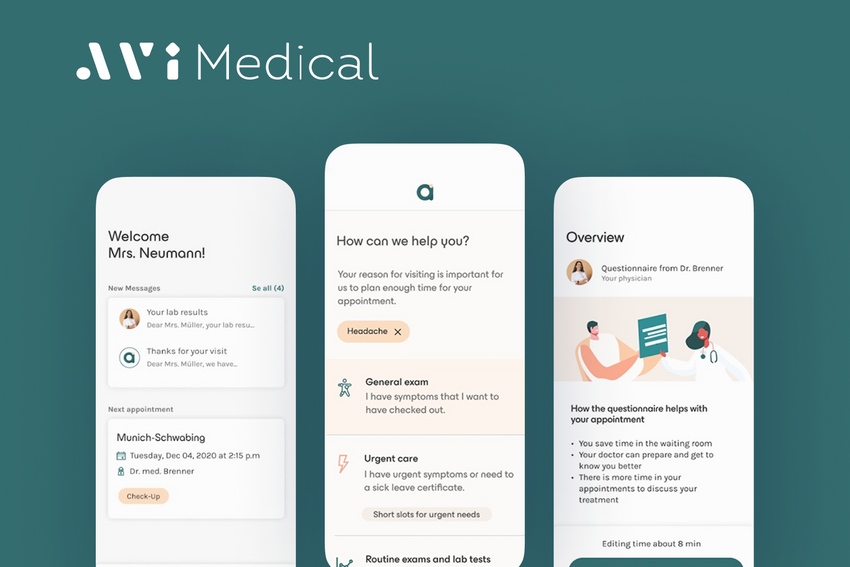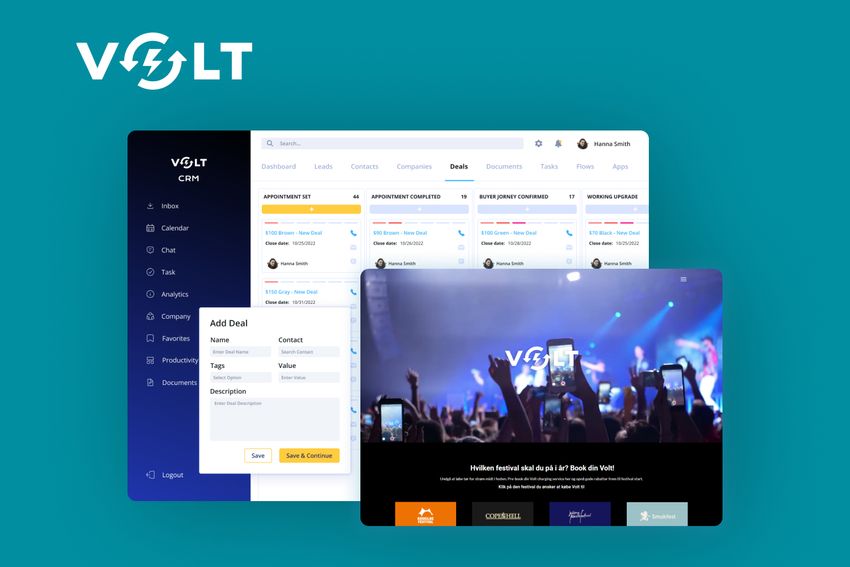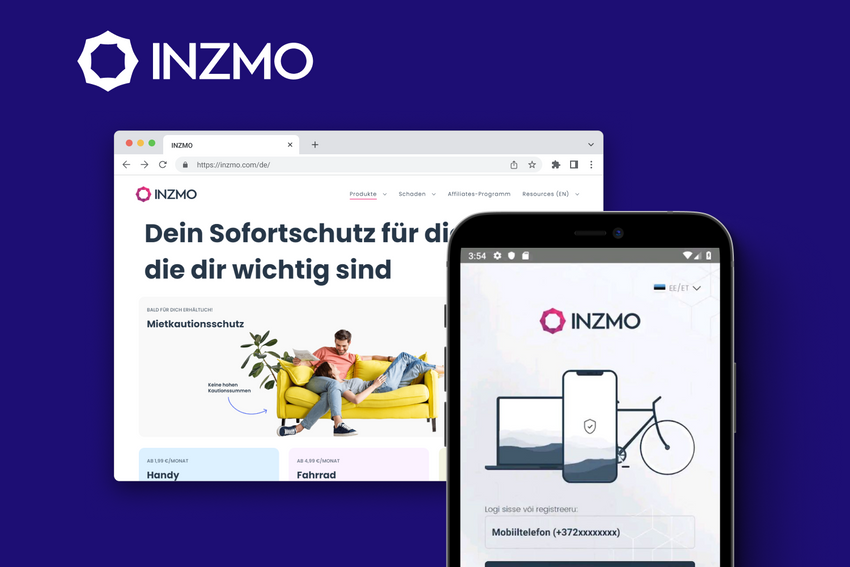SaaS Product Development Guide by Fively: From Idea to Scalable Success
An all-in-one guide to SaaS product development, covering every stage from idea to launch with expert insights, that will help you build and scale your SaaS solution.
The SaaS market is booming: according to Ascendix, it’s expected to hit over $908 billion by 2030, and businesses across the globe are racing to launch their own cloud-based solutions. But building a successful SaaS product isn’t just about writing code. It’s a strategic process that blends business insight, user experience, technical expertise, and growth planning.
In this guide, we break down the entire SaaS product development lifecycle — from validating your idea to scaling it in production — so you can build smarter, faster, and with confidence!
What Is a SaaS Product?
A SaaS (Software as a Service) product is a cloud-based application that users access via the internet, typically through a subscription model.
Instead of downloading software or managing infrastructure, users simply log in through a web browser to use the service.
Think Google Docs, Slack, Shopify, or Notion — all are SaaS products that deliver powerful tools through seamless cloud access.
Core Traits of a SaaS Product:
- Hosted in the cloud – No installations, automatic updates, and accessible from any device.
- Subscription-based – Monthly or annual billing instead of one-time purchases.
- Multi-tenancy – A single application serves multiple customers (tenants), securely isolating their data.
- Scalability – Designed to grow effortlessly with user demand.
- Continuous delivery – Updates and improvements happen in real time without user intervention.
SaaS application development services dominate the modern tech landscape because they offer convenience, cost efficiency, and speed for both users and businesses. Whether it’s B2B CRM tools or niche productivity apps, the SaaS model unlocks vast opportunities for innovation and recurring revenue.
Custom SaaS Product Development Process
Building a successful SaaS product isn’t just about writing code — it’s a strategic journey from idea to launch and beyond. Let’s take a look at how we at Fively do it right:
1. Market Research
Before writing a single line of code, you need to know your users, their needs, pain points, and problems. Also, it’s good to research competitors and opportunities in your niche.
How we do it: Conduct surveys, competitor analysis, and stakeholder interviews to validate your idea and shape a unique value proposition.
2. Requirements Gathering and Planning
Then, you need to set the foundation for the development team by defining user roles, core features, scalability plans, business logic, and determining the minimum viable product scope.
How we do it: Create detailed documentation, user stories, and a roadmap that aligns technical goals with business needs.
3. UX/UI Design & Prototyping
At this stage, you need to design a seamless user experience that converts and retains users, and make it sleek and intuitive.
How we do it: Build interactive prototypes, wireframes, and high-fidelity UI screens using tools like Figma or Adobe XD.
4. Tech Stack Selection
Then, you need to pick the right frontend, backend, database, and cloud solutions for your product’s needs — in other words, the best tech stack for a web app.
How we do it: Consider factors like time-to-market, performance, security, and developer availability. Popular stacks include React + Node.js, Python + Django, and AWS or GCP for hosting.
5. MVP Development
At the MVP development stage, you need to develop the core features that prove your product works and delivers value.
How we do it: Agile sprint cycles, modular architecture, and CI/CD pipelines to ship the first version quickly.
6. Testing & QA Automation
Eliminate bugs and ensure performance, security, and scalability: bulletproof your product.
How we do it: Combine manual and automated testing — unit tests, integration tests, and end-to-end scenarios — to catch issues early.
7. Launch
Finally, you need to deploy your app, onboard users, and start generating feedback.
How we do it: Set up production environments, launch marketing campaigns, and monitor metrics like user retention, churn rate, and conversion.
8. Support and Maintenance
It’s good to keep growing even after the launch, and iterate based on user feedback, add new features, help onboard new users, and ensure uptime.
How we do it: Offer IT maintenance and support, performance monitoring, bug fixes, and regular updates to stay ahead of the curve.
Challenges in SaaS Development
Building a SaaS product is exciting, but it also comes with a unique set of challenges that can derail even the most promising ideas. From keeping your users’ data secure to ensuring seamless performance as your business grows, here are the key hurdles to be aware of — and how to overcome them.
Security: Protecting User Data at All Costs
Security is non-negotiable in SaaS. Your platform likely handles sensitive user data — login credentials, financial transactions, health records, or personal preferences. Any breach can destroy trust, invite legal trouble, and tank your reputation overnight. According to IBM, the average cost of a data breach in 2023 was $4.45 million.
What to do:
- Use strong encryption standards (AES-256, TLS 1.3)
- Implement multi-factor authentication (MFA) and OAuth2
- Apply role-based access control (RBAC)
- Conduct regular penetration testing and security audits
- Stay compliant with GDPR, HIPAA, SOC 2, and other regulations
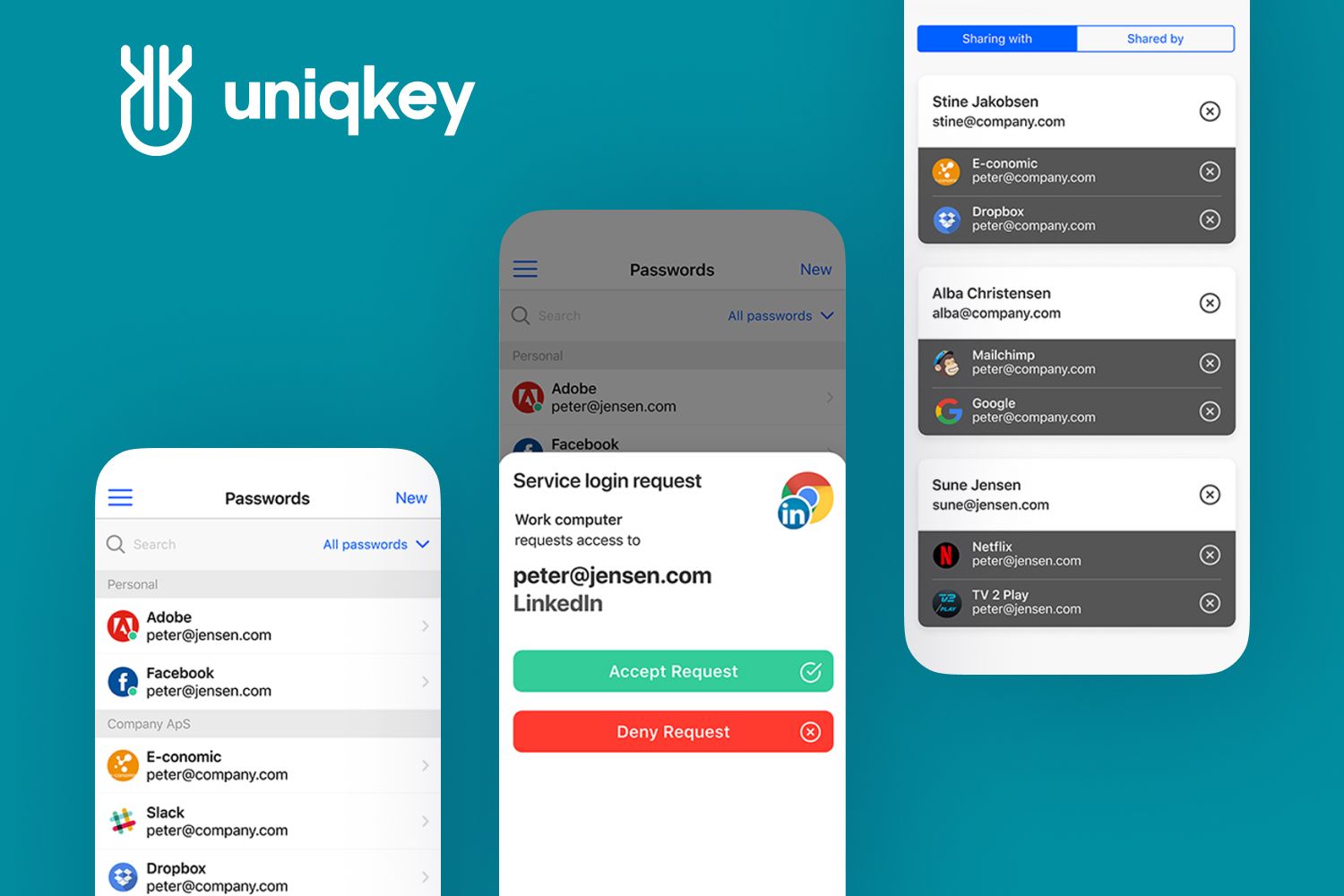
Scalability: Planning for Growth From Day One
SaaS platforms need to be prepared for hundreds or even millions of users. If your infrastructure can’t scale, performance lags, downtime increases, and user churn spikes. Poor scalability directly impacts UX, conversion, and retention.
What to do:
- Use scalable architectures like microservices and serverless functions
- Deploy via containers (Docker) and orchestration tools (Kubernetes)
- Host on elastic cloud platforms (AWS, GCP, Azure)
- Set up auto-scaling and load-balancing for peak times
- Use caching (Redis, CDN) and optimize databases (e.g., sharding, indexing)
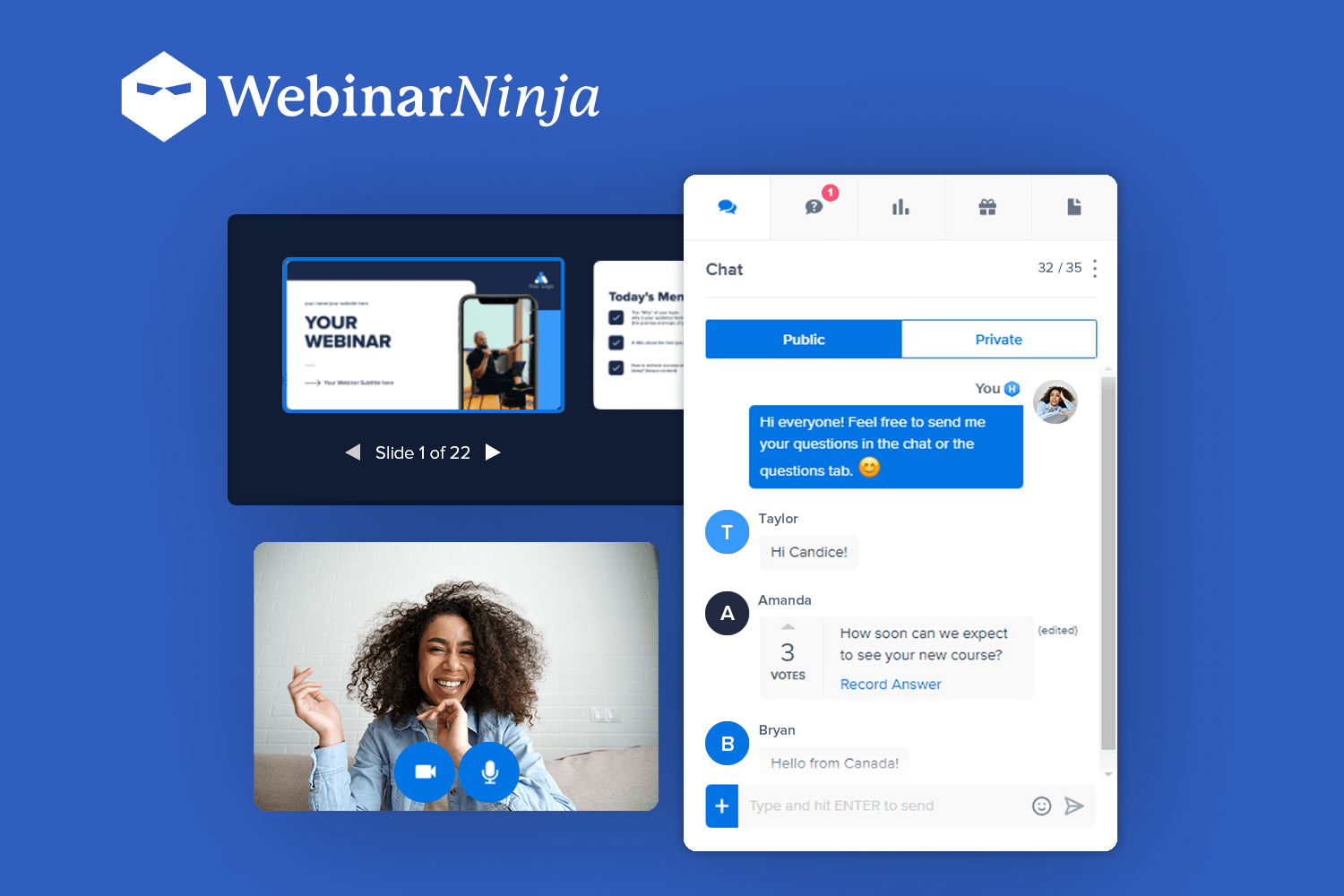
Third-Party Integration: Smooth Connections With External Services
SaaS apps rarely exist in isolation — users expect integrations with CRMs, payment gateways, analytics tools, ERPs, and more. But poor or unstable integrations can break critical flows. Broken integrations lead to lost data, failed payments, or unhappy customers.
What to do:
- Use well-documented and secure APIs
- Monitor third-party services for changes or outages
- Implement retries, fallbacks, and logging for failed calls
- Use modular architecture so you can easily swap or upgrade APIs
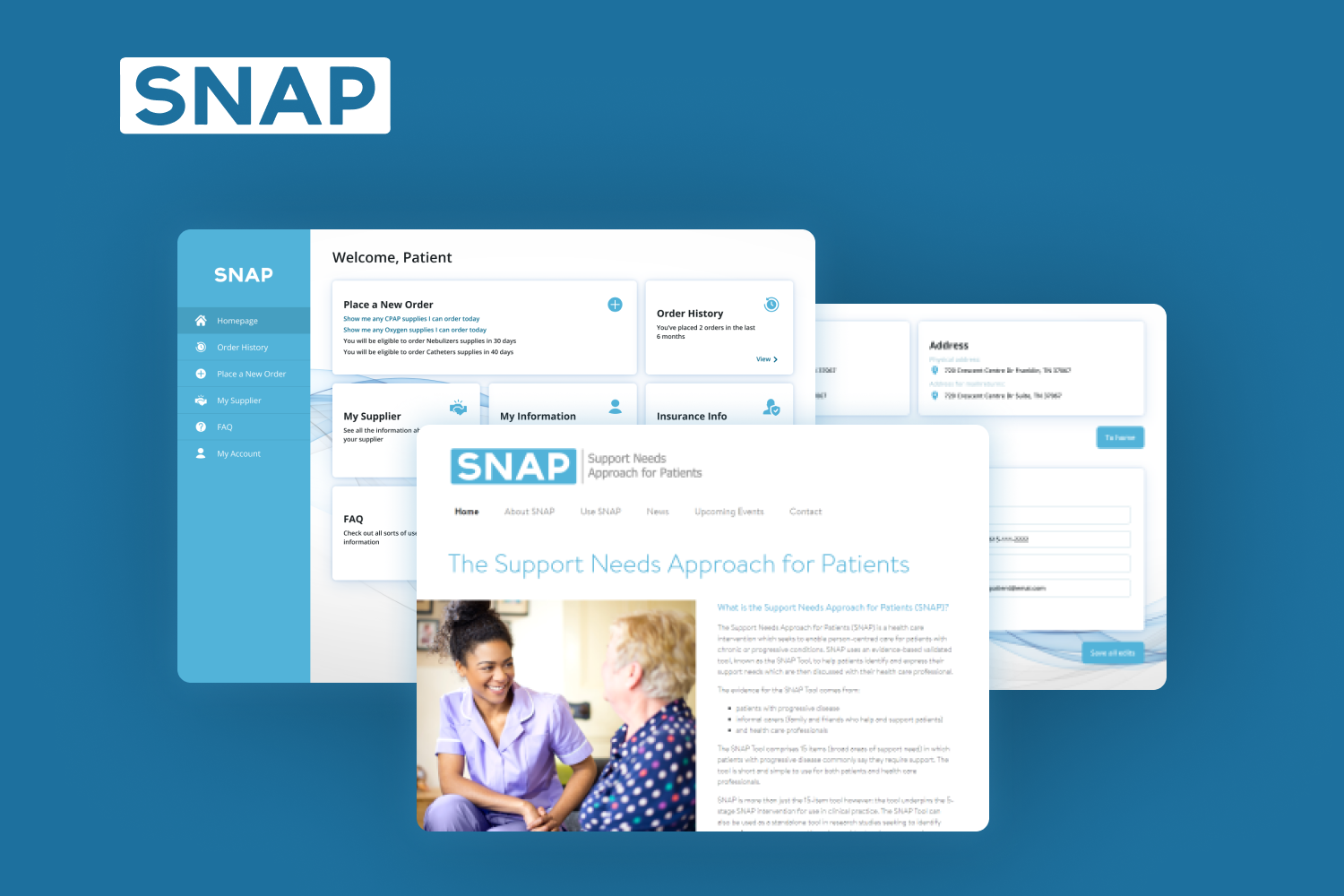
Continuous Updates: Innovating Without Disrupting
SaaS users expect frequent updates — whether it’s new features, UX improvements, or bug fixes. But rolling out changes without affecting live users or causing regressions requires a rock-solid delivery pipeline. Continuous improvement drives competitive advantage, but downtime kills user trust.
What to do:
- Adopt DevOps practices with CI/CD pipelines (GitHub Actions, GitLab, Jenkins)
- Use feature flags and canary releases to test in production safely
- Prioritize backward compatibility and test coverage
- Collect user feedback with in-app tools (like Hotjar or Mixpanel) to guide updates
Avoiding Common Pitfalls in SaaS Application Development
Even the most promising SaaS products can fail — not because of bad ideas, but because of avoidable missteps during development.
At Fively, we’ve faced — and solved — every one of these SaaS challenges in real-world projects. From fast-growing AI SaaS platforms to high-load B2B tools, we know how to design secure, scalable, and future-proof solutions tailored to your business goals.
Let’s look at some of the most common pitfalls startups and enterprises face when building SaaS platforms — and how to sidestep them with confidence.
Overcomplicating Features
The mistake: Trying to build everything at once: dashboards, chatbots, analytics, gamification — before validating your core idea. It leads to bloated apps that confuse users, delay time to market, and burn through budgets without delivering real value.
What to do instead:
- Focus on a lean MVP: build just enough to solve the primary problem
- Gather user feedback early and iterate fast
- Use product analytics to track which features are actually used
- Don’t confuse complexity with innovation — clarity wins
Neglecting Scalability
The mistake: Building with a short-term mindset, using quick fixes that can’t support user growth or traffic spikes. Systems crash under load, updates become risky, and technical debt builds up fast.
What to do instead:
- Design a scalable architecture from day one
- Use cloud-native tools (AWS, GCP, Azure) with auto-scaling
- Break features into microservices where possible
- Plan for horizontal growth (more users, more data, more integrations)
Insufficient Market Research
The mistake: Building a product based on assumptions, not actual user pain points or market demand. You end up with a solution nobody asked for, or a product that’s already outdated or overdone.
What to do instead:
- Conduct user interviews and surveys before writing a single line of code
- Analyze competitors: what they offer, what users complain about
- Study market trends and growth projections
- Test your value proposition with landing pages and fake door MVPs
Avoiding these pitfalls is what separates SaaS products that scale from those that stall. At Fively, we help our partners avoid costly detours by applying best practices, lean software development principles, and years of experience delivering high-growth SaaS platforms.
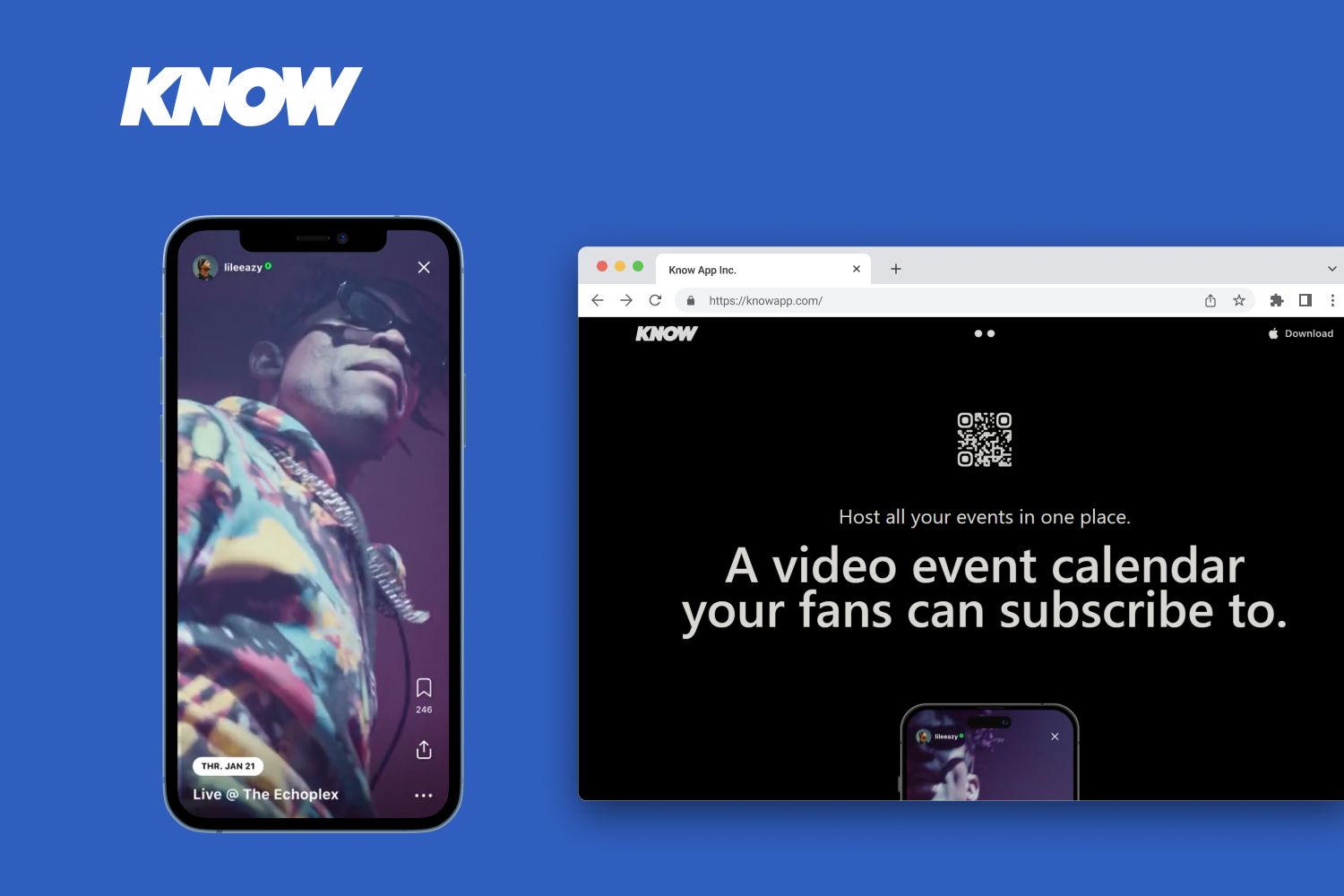
Should You Migrate Your Web Application to SaaS?
If you’re running a traditional on-premise or custom web app, migrating to a SaaS model can unlock powerful new business opportunities. But is it the right move for your company? Let’s break it down.
SaaS Benefits
First, let’s look at the core benefits you get with migration to SaaS:
- Scalability: SaaS apps can scale quickly to support more users, data, and integrations — all without major infrastructure changes.
- Recurring Revenue: instead of one-time sales, SaaS allows for subscription-based pricing, bringing predictable, long-term income.
- Lower Maintenance Costs: hosting, updates, security — they’re all handled centrally, reducing the burden on your internal IT team.
- Accessibility & Convenience: users can access your product from anywhere, on any device, with automatic updates and cross-platform compatibility.
- Faster Iteration: you can roll out features, fixes, and experiments much faster in a cloud-native SaaS environment.
When Migration Makes Sense
So, is it really time to move? Yes, if:
- You want to shift to a subscription-based revenue model: if you're ready to move from one-off sales to predictable monthly or annual income, SaaS is a great fit.
- Your current infrastructure is limiting growth: if scaling your user base or launching new features is painful or expensive, it’s time to consider SaaS.
- Your users demand access across devices and platforms: a SaaS model ensures accessibility, performance, and a consistent experience on any device.
- You want to modernize and future-proof your product: cloud-based SaaS products are easier to update, secure, and integrate with other services, giving you a long-term competitive edge.
Migrating to SaaS is a strategic move — one that requires careful planning, but can massively boost your product’s potential. At Fively, we help companies re-architect and transform legacy web apps into cloud-native SaaS solutions that scale.
Fively SaaS Projects and Solutions
From intelligent search tools to robust HR platforms, Fively empowers businesses across industries with scalable SaaS solutions tailored to unique challenges.
✨ AI-Powered Search Optimization: Search Tuner
Using React and AI-driven algorithms, we built a Chrome-based SaaS tool that uses AI to analyze browsing behavior and personalize search results in real time.
We successfully handled the full-cycle development of the project — designing and building a robust backend, a lightweight Chrome extension, and a fast, intuitive web dashboard. Despite the complexity of AI features and multi-component integration, we delivered the entire solution in just 1 month.
Impact: Delivers a clean, distraction-free browsing experience by allowing users to like, dislike, or block unwanted links — filters showing up live in the browser.
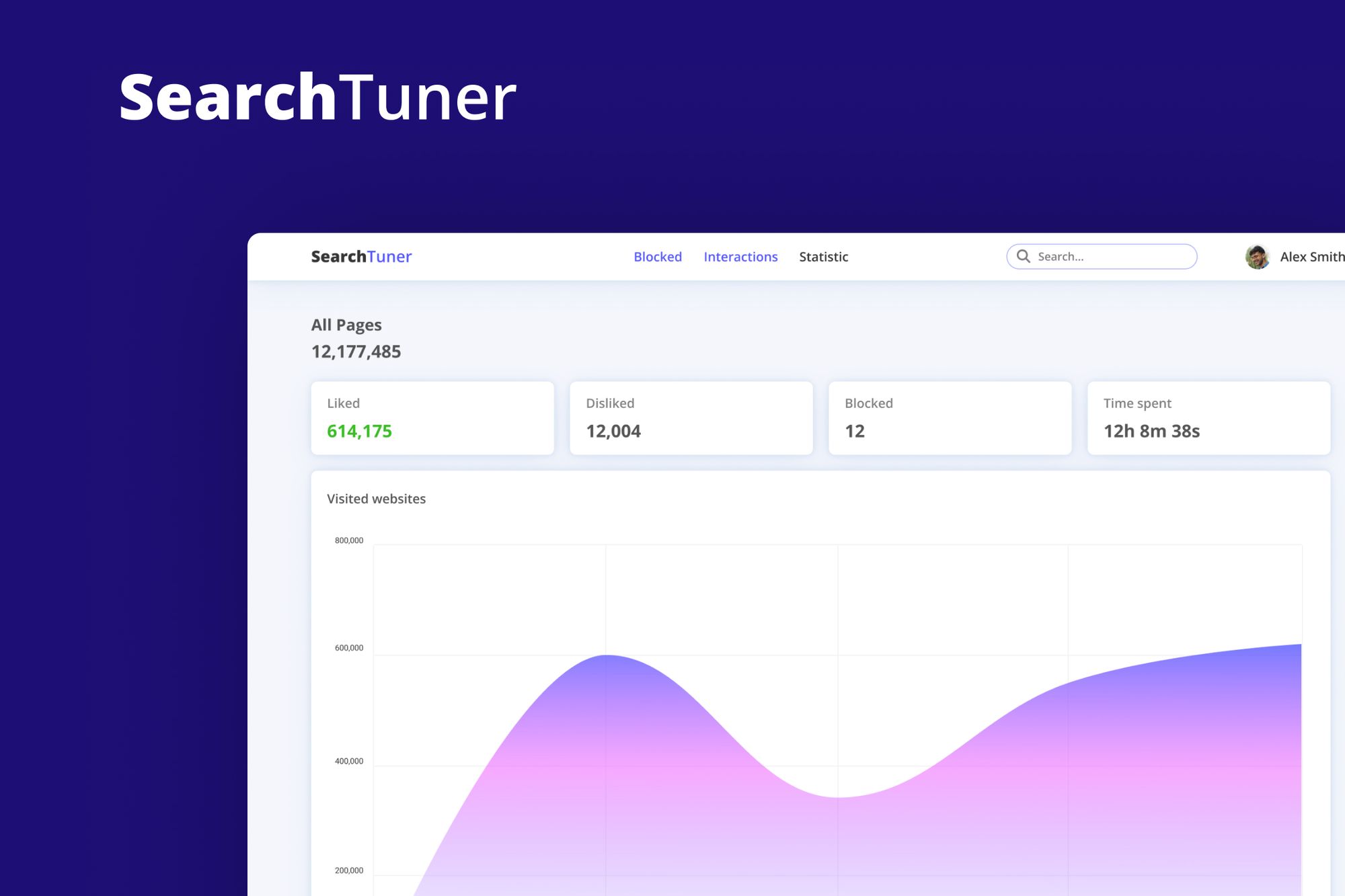
👥 Employee Engagement Optimization: Avo HR Automation Tool
We built a platform that automates market-based compensation insights using major salary surveys and delivers real-time visuals.
Taking advantage of AI and machine learning algorithms, we provided the HR platform with a powerful chatbot, able to perform accurate data analysis and provide results in real time. The system can perform predictive analysis on employee engagement and provide personalized recommendations for its enhancement, optimizing HR operations.
Impact: 100% of compensation reports automated, and 3× less time spent on HR surveys.
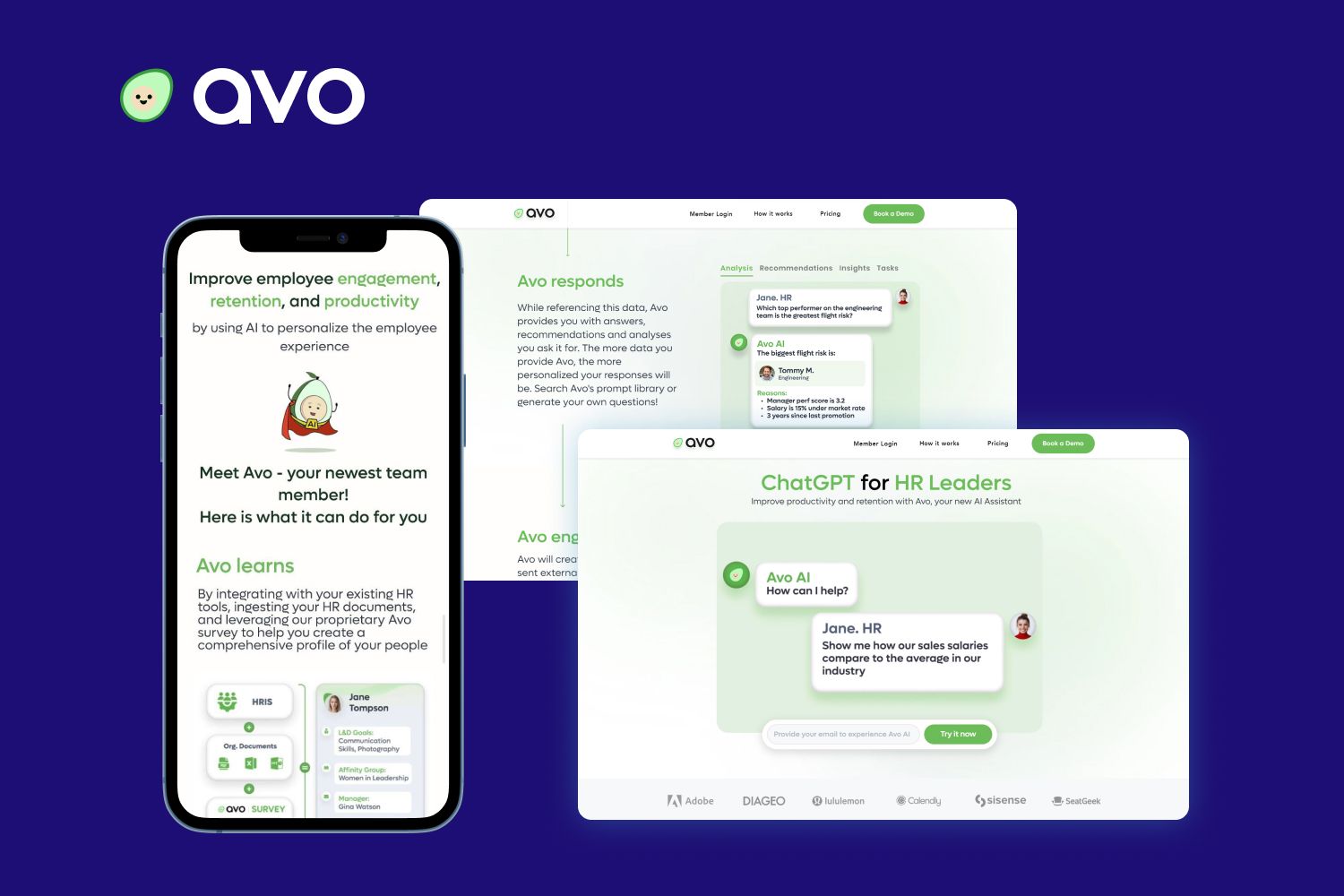
🚲 Revolutionizing E-Bike Rental App Development: Cycle Case Study
We created a bunch of modern apps for effective e-bike and cargo bike rental and management available in over 85 cities in Europe.
We took particular care in ensuring that complex apps’ features, such as the personalized discount coupon creation and GPS navigation, were 100% tested and flawlessly integrated across all platforms, amplifying CYCLE's value proposition to its clients.
Impact: Over 85 cities in Europe use CYCLE - 100% automated e-bike services for couriers, admins, and fleet users.
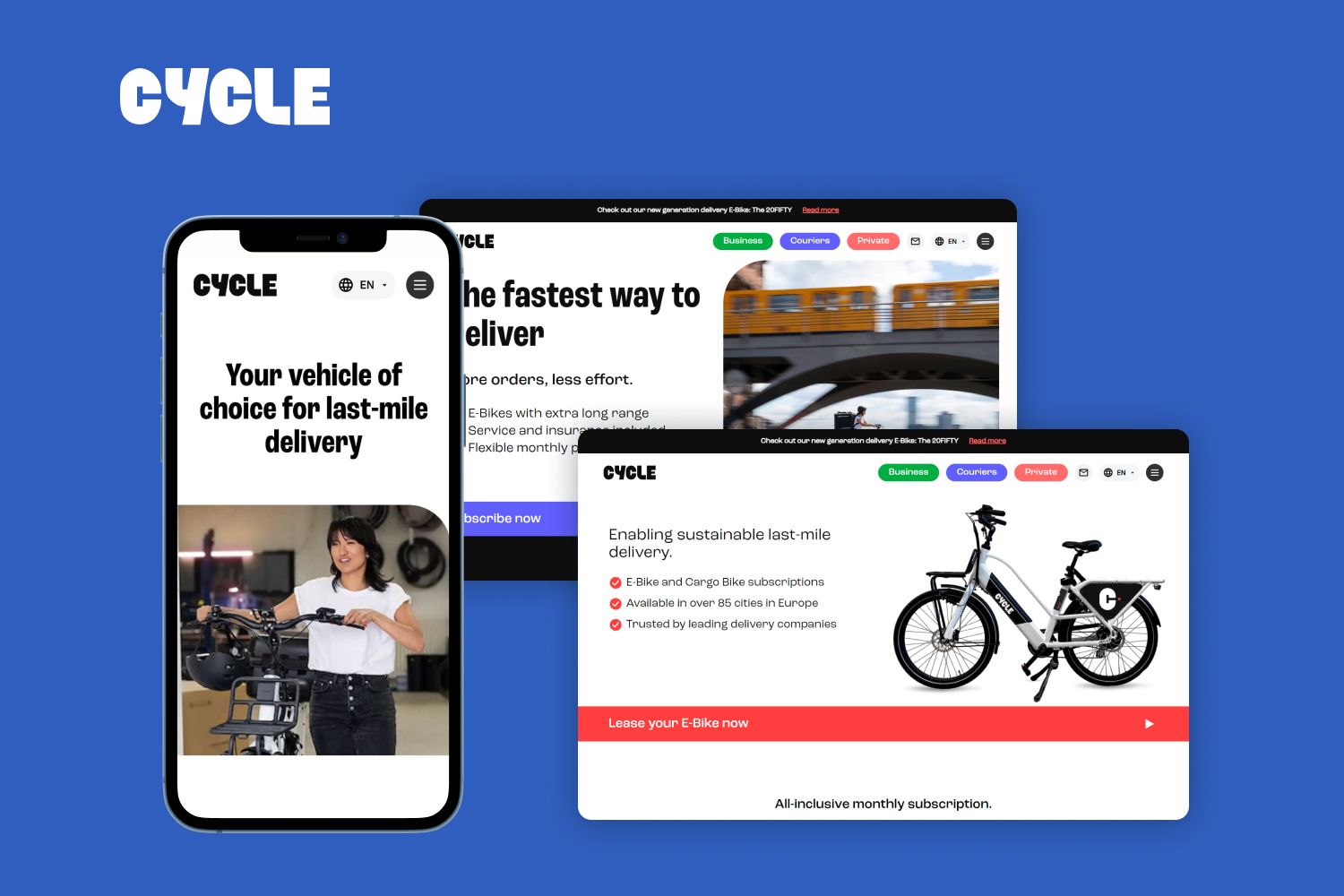
🏗️ All‑in‑One Real Estate Platform (Scandinavia)
Fively created a SaaS data management platform unifying rental, sales, and property services, with AML/KYC and digital documentation.
We digitized all of the real estate providers’ legal and financial documents, handover protocols, energy classification PDFs, self-declaration forms, and other often signed documents. Now, 10 out of 10 real estate deals in Scandinavia are closed digitally.
Impact: #1 market aggregator in the region, 5/5 client recommendation, and 100% secure transactions.
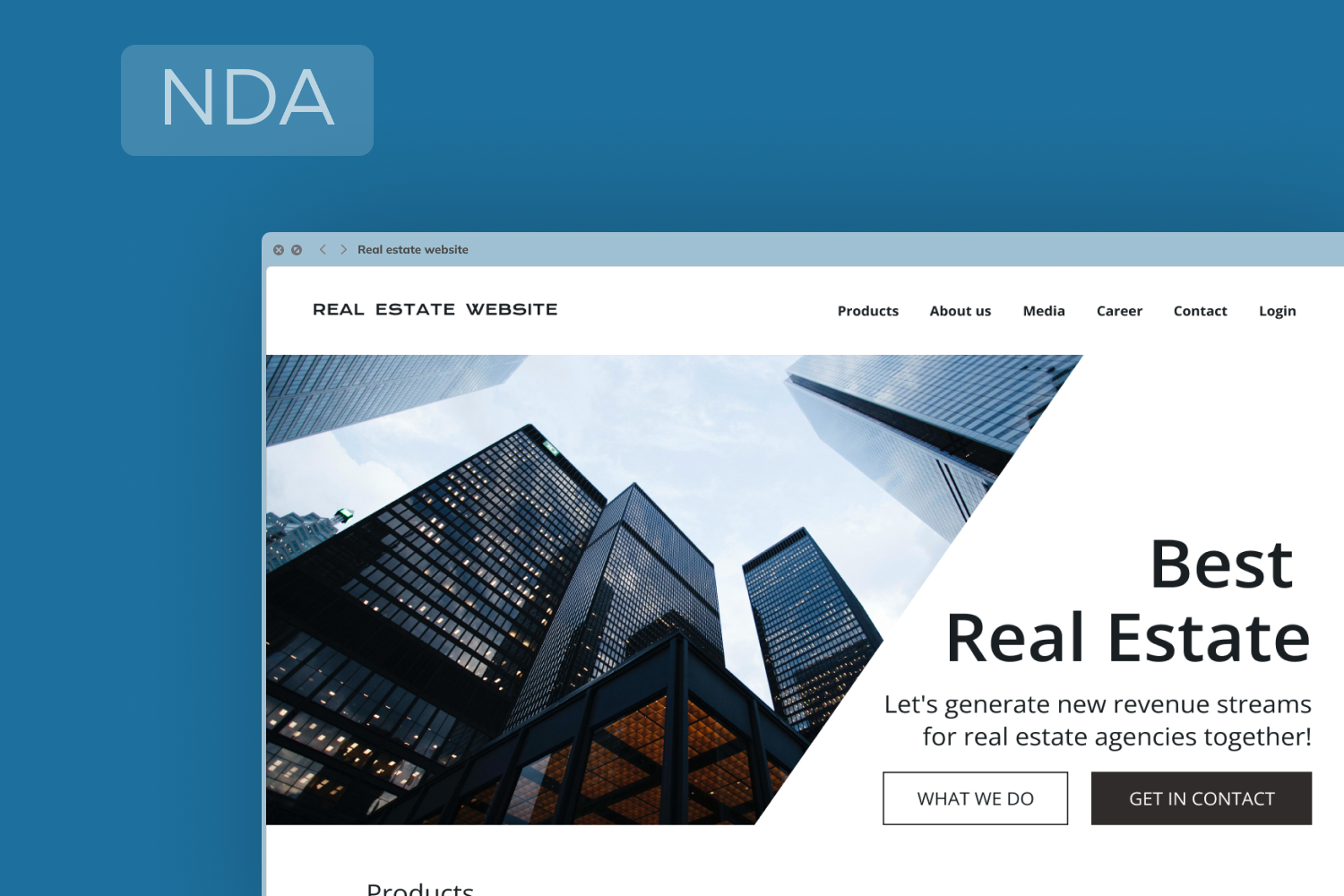
These cases show how Fively’s SaaS expertise can elevate everything from browsing tools and HR solutions to e-commerce recovery and real estate platforms. Need a custom SaaS solution? Our development team can make it real!
Wrapping Up
SaaS product development is a complex, multi-stage journey — from in-depth market research and user-centered design to scalable architecture, security, and continuous improvement. We’ve explored the essential phases of the software development process, common challenges, and strategic benefits of migrating to the SaaS model, while also showcasing real-world success stories across industries.
At Fively, we partner with startups and enterprises to bring bold SaaS visions to life. Whether you’re just shaping your idea or modernizing a legacy solution, we provide a full range of custom SaaS development services, including:
- SaaS Consulting: We dive deep into your business goals, industry specifics, and technical requirements to offer tailored guidance on product architecture, monetization, and tech stack.
- SaaS Prototyping: Our UX/UI experts design intuitive, user-first interfaces and clickable prototypes that reflect your brand and meet your users' needs from the start.
- SaaS Engineering: We create secure, scalable multi-tenant architectures and back them with clean, modular codebases to ensure high performance and easy maintenance.
- API Development: We integrate your SaaS product with powerful third-party APIs or build custom ones from scratch using cutting-edge frameworks.
- SaaS Migration: Whether you're moving from on-premise to cloud or migrating between platforms (e.g., to AWS, Azure, or GCP), we ensure a smooth, secure transition with zero data loss.
- SaaS Maintenance: Our post-launch services include system monitoring, performance optimization, bug fixes, and feature upgrades to keep your product running at its best.
- SaaS Modernization: Have a legacy system? We’ll help you refactor, redesign, and rebuild it with modern technologies and a fresh UX.
- SaaS Evolution: Ready to scale? We help your SaaS product grow with new features like AI chatbots, video streaming, analytics dashboards, and more, tailored to evolving user needs.
It’s estimated that by the end of 2025, 85% of business apps will be SaaS-based. No matter where you are on your SaaS journey, Fively is here to help you build, scale, and succeed.
Let’s turn your next big idea into a future-ready SaaS product together! 🚀
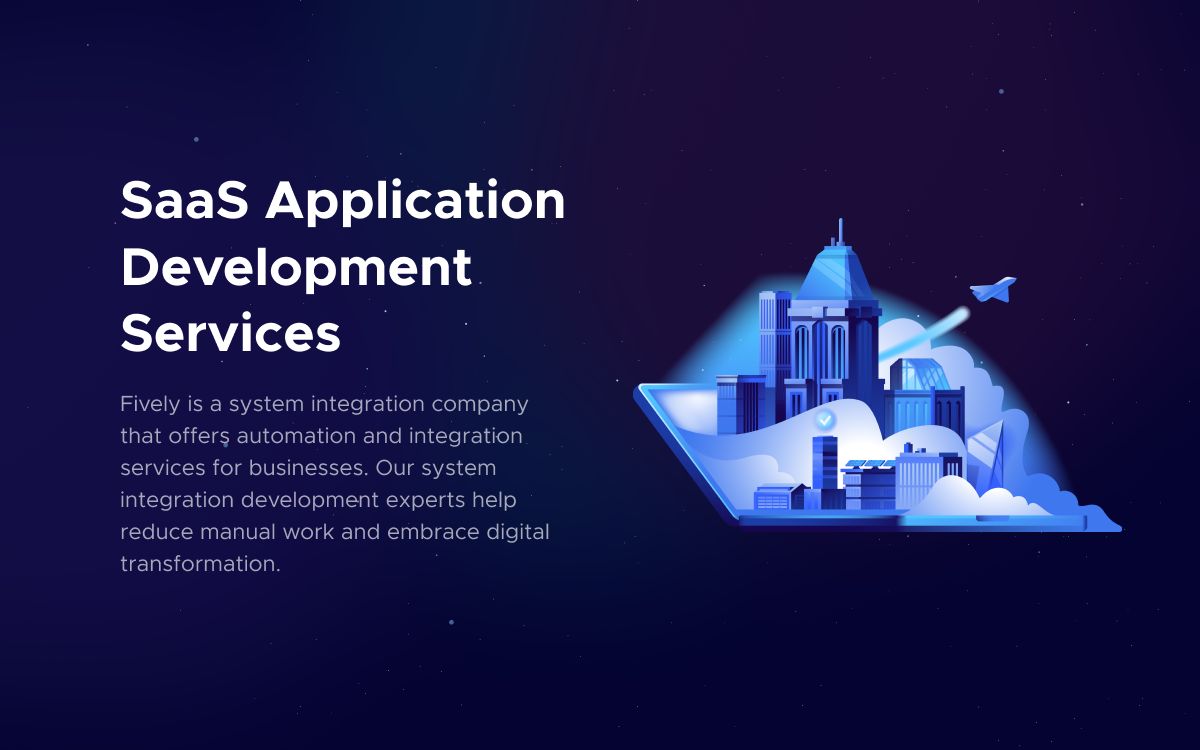
Need Help With A Project?
Drop us a line, let’s arrange a discussion






